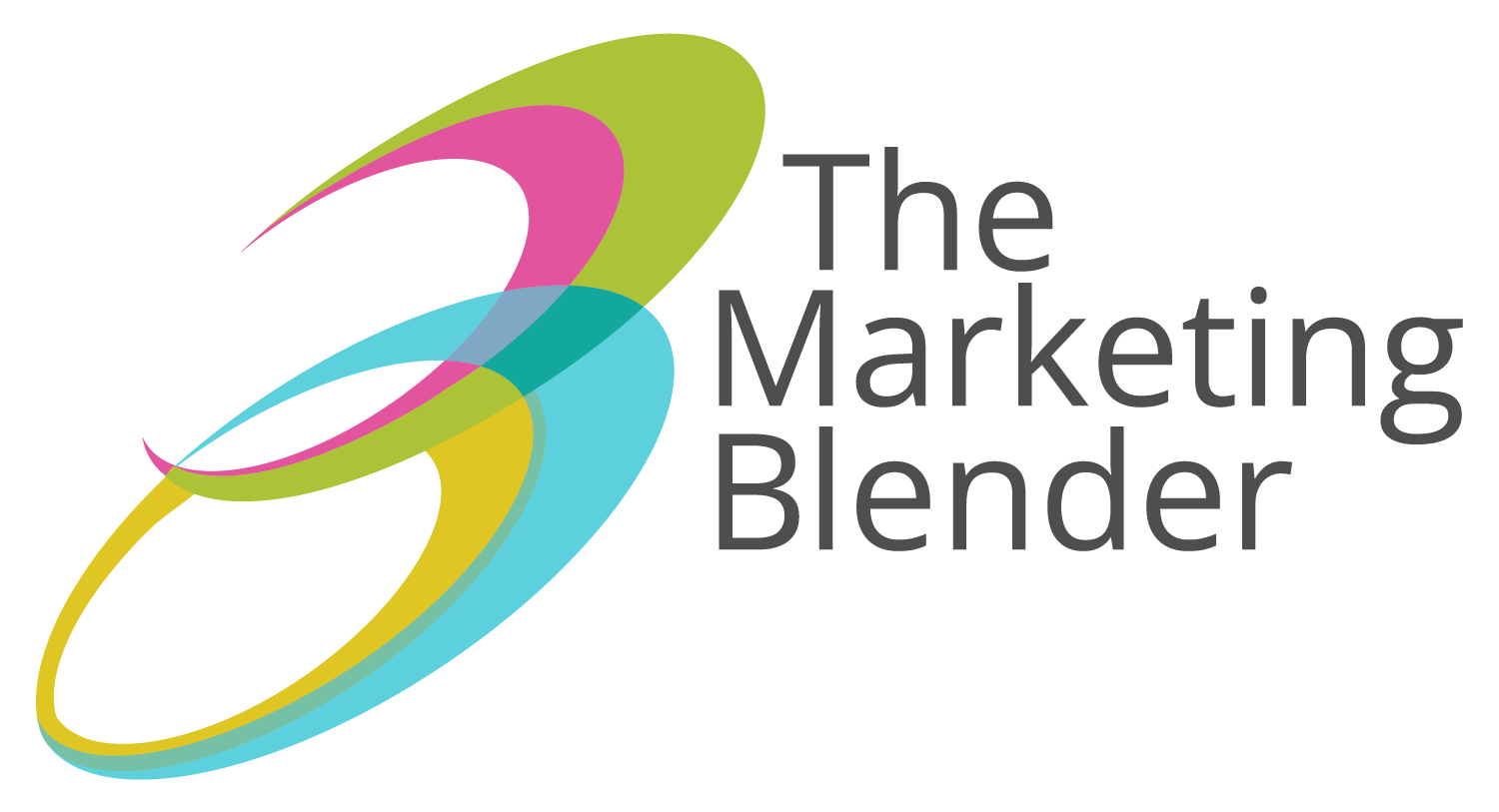The fight between sales vs marketing doesn’t need a better referee, it needs the best B2B strategy.
We’ve seen the epic sales vs marketing bout slow down a company’s growth far too many times. You can almost hear the announcer in the ring declaring, “Ladies and gentlemen, in this corner, the VP of Sales; and in the opposite corner, his opponent, the VP of Marketing.”

So why do B2B sales and marketing teams seem to face off so often? Aren’t we all supposed to be on the same side? Isn’t our common goal to grow the business?
Usually, this conflict stems from fundamental misalignments over how a product is being marketed and how it is being sold. The tension tends to ratchet up at the end of the quarter when the pressure is on to hit sales quotas and the finger-pointing over finding and converting qualified leads intensifies. Yet when your teams are out of sync, poor performance is the natural consequence. That may sound obvious, but the processes and behaviors within an organization can be so ingrained that it’s difficult to untangle or even recognize the contributing factors without falling into the blame game.
The biggest causes that we see are the lack of a focused mission, vision and strategy. Without a clear purpose, an overarching goal and an actionable plan to achieve them, teams are left floundering. If all three of these elements are not well-defined, people in each department wind up chasing their own objectives and tactics instead of acting as a unified force.
So how do you get your teams to band together and work for the greater good? That’s where your mission and vision statements come in. Think of them as putting a stake in ground and proclaiming, “This is what we stand for!”
A vision statement is a declaration of an organization’s overarching objective. This goal should be nothing less than how you will change the world. A mission statement is a formal summary of the values of an organization that proclaims what you do, who you serve and how you do it every day.
Crafting the right words for these two statements will serve as a rallying cry that gives your teams a higher purpose. For tips on how to write compelling B2B mission and vision statements, we recommend this free workbook. It’s full of simple, step-by-step exercises that will guide you through the process. You can also watch this video:
Once you have clearly defined the “why” of your business, it’s time to refine the “how.” This is where your strategy comes to life as a blueprint for sustainable growth. The key is for sales and marketing to each have business-driving goals that work in concert. They should be actionable, measurable and directly related to the company’s business objectives.
To effectively fuel growth, your B2B marketing must fill the role of prospecting and consultative selling used to play. In today’s B2B landscape, your sales team should be focused on converting prospects into customers, not finding new leads. Marketing should land you the first meeting. Sales should bring in the revenue. So, the best BtoB marketing strategies must reflect and improve your current sales cycle.
There are two important steps you must take to ensure that the efforts of your sales and marketing teams are both working together to maximize growth.
- Document and enhance your B2B sales cycle.
- Write a messaging framework for B2B marketing and sales alignment.
Why you need to document and enhance your B2B sales cycle
A successful sales process should be replicable, measurable, adaptable and customer-focused. A formal roadmap of your sales process ensures that any member of your sales team can duplicate each of the steps required to connect with prospects, address any objections, close more deals and increase loyalty.
The goal is to capture all the steps that your sales team currently uses, eliminate inefficiencies or redundancies, and then format the results in a structure that is easy for everyone to reference and execute. For tips on which format will work best for your company, see this blog post.
How to write a messaging framework for B2B marketing and sales alignment
If the words and phrases that you use to talk to prospects and customers are not aligned across sales and marketing, it creates cognitive dissonance. That disconnect creates friction and slows down your sales cycle. So, your B2B messaging framework should answer the following questions:
- What emotional and logical pain points act as triggers for a purchase?
- What barriers prevent our buyer personas from deciding to purchase?
- How can we address those pain points and how do we describe our solution?
- How does our solution compare to the competition?
- What are the main talking points we want prospects to understand?
- How do those talking points align with their pain points?
For more tips on how to craft a compelling B2B messaging framework, see this blog post.
Whether you’re the VP of Sales or the VP of Marketing — or the CEO who has been playing referee for too long — having a clearly defined and well-crafted mission, vision and strategy will provide everyone in your company the inspiration and action steps they need to work together to drive sustainable growth.
Are you ready to stop the fight of sales vs marketing? At The Marketing Blender, we specialize in helping B2B companies align their sales and marketing efforts, and we’ve developed a proven process that has helped dozens of clients achieve and surpass their goals. To see what we do differently than other marketing agencies in B2B.
Say goodbye to the Sales vs. Marketing fight. It’s time for Marketing + Sales alignment.
Blender is a full-service B2B marketing agency focused on accelerating growth for clients in manufacturing, healthcare, software and professional services. If you have any questions, we’re here to help.



